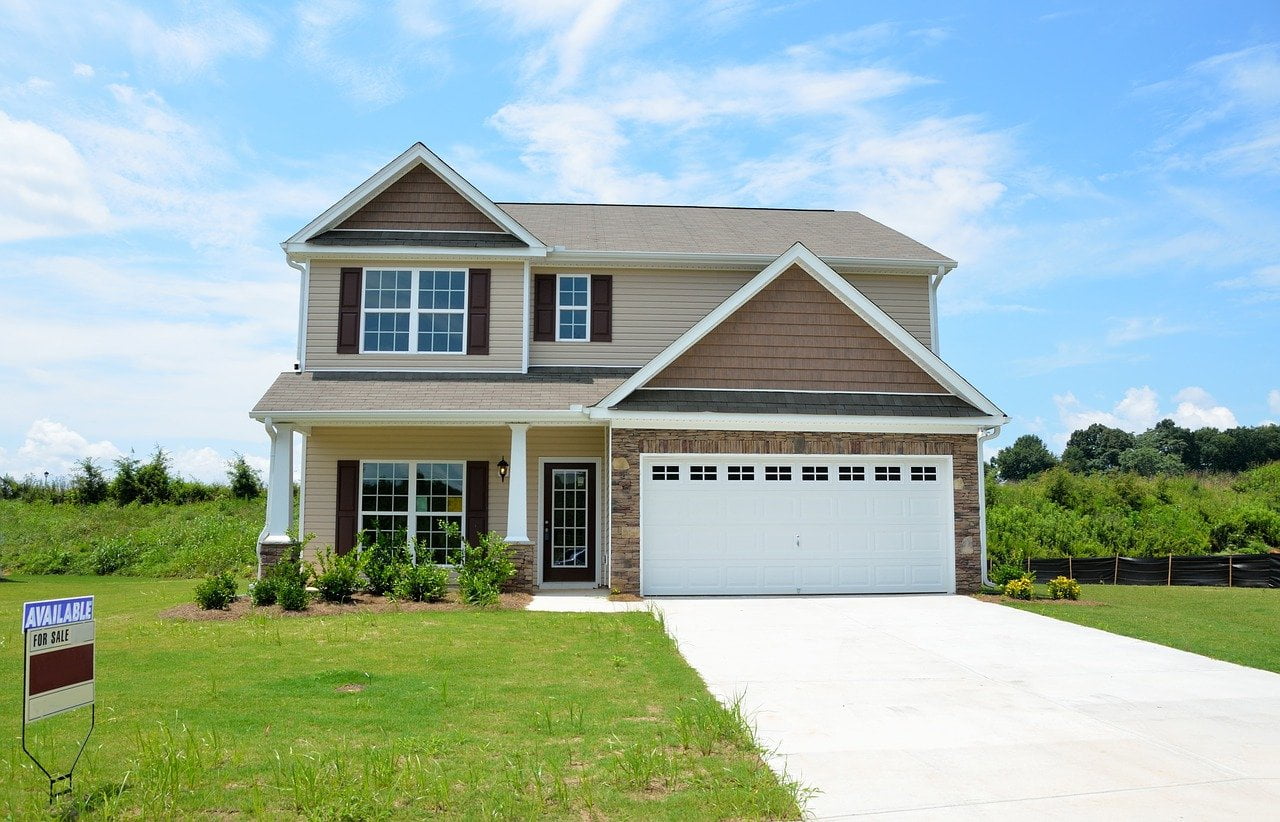This week in the housing world, mortgage rates ascended to their highest level in 20 years, mortgage application activity remained at a quarter-century low, and foreclosure starts almost returned to pre-pandemic levels.
On the Mortgage Front
Freddie Mac (OTCMKTS:FMCC) reported the 30-year fixed-rate mortgage averaged 6.92% as of Oct. 13, up from last week when it averaged 6.66%. The 15-year fixed-rate mortgage averaged 6.09%, up from last week when it averaged 5.90%. And the 5-year Treasury-indexed hybrid adjustable-rate mortgage (ARM) averaged 5.81%, up from last week when it averaged 5.36%.
Q3 2022 hedge fund letters, conferences and more
Find A Qualified Financial Advisor
Finding a qualified financial advisor doesn't have to be hard. SmartAsset's free tool matches you with up to 3 fiduciary financial advisors in your area in 5 minutes.
Each advisor has been vetted by SmartAsset and is held to a fiduciary standard to act in your best interests.
If you're ready to be matched with local advisors that can help you achieve your financial goals, get started now.
“Rates resumed their record-setting climb this week, with the 30-year fixed-rate mortgage reaching its highest level since April of 2002,” said Sam Khater, Freddie Mac’s chief economist.
“We continue to see a tale of two economies in the data: strong job and wage growth are keeping consumers’ balance sheets positive, while lingering inflation, recession fears and housing affordability are driving housing demand down precipitously. The next several months will undoubtedly be important for the economy and the housing market.”
As rates kept rising, mortgage application activity remained at their lowest level in 25 years. The Mortgage Bankers Association’s (MBA) Market Composite Index was down by 2% from one week earlier, while both the Purchase Index and Refinance Index dropped 2%.
Mike Fratantoni, MBA’s senior vice president and chief economist, noted, “Mortgage rates increased across all product types in MBA’s survey, with the largest, a 20-basis-point increase, for 5-year ARM loans.
The ARM share of applications remained quite high at 11.7% – just below last week’s level. Application volumes for both refinancing and home purchases declined and continue to fall further behind last year’s record levels.”
Meanwhile, on the mortgage servicing side of the industry, there was a total of 92,634 properties with foreclosure filings in the U.S. during the third quarter of this year, according to new data from ATTOM. That is a 3% uptick from the previous quarter and a 104% spike from one year earlier.
During September, there were a total of 31,836 U.S. properties with foreclosure filings – defined as including default notices, scheduled auctions or bank repossessions – an 8% drop from August by a 62% leap from September 2021.
Lenders started the foreclosure process on 67,249 properties in the third quarter, up 1% from the second quarter and up 167% from the second quarter of 2021. The third quarter activity nearly reached levels recorded in the pre-pandemic period.
The states that posted the greatest number of foreclosure starts in the third quarter were California (7,368 foreclosure starts). Florida (6,671 foreclosure starts), Texas (6,217 foreclosure starts), Illinois (4,702 foreclosure starts) and New York (3,997 foreclosure starts).
“Foreclosure starts, while rising since the end of the government’s foreclosure moratorium, still lag behind pre-pandemic levels,” said Rick Sharga, executive vice president of market intelligence for ATTOM.
“Foreclosure activity is reflecting other aspects of the economy, as unemployment rates continue to be historically low, and mortgage delinquency rates are lower than they were before the COVID-19 outbreak.”
On The Homebuying Front
A new data report from Redfin (NASDAQ:RDFN) found roughly two-thirds (62%) of Americans who plan to buy or sell a home in the next year are hesitant to move to an area at risk of natural disasters, extreme temperatures and/or rising sea levels.
Specific demographics have a greater level of risk aversion: 71% of Gen Z respondents said they would be hesitant to move somewhere at risk of natural disasters, extreme temperatures and/or rising sea levels, compared to 52% of baby boomers, while 69% of respondents who identified as Democrat said they would be hesitant versus with 58% of Republican respondents.
Respondents in the Northeast were most likely to express hesitance, at 68%, compared to 59% of respondents in the South.
“One of the main questions I get from buyers is, 'Where can I move that’s close to the beach but not in a flood zone?’ The answer is nowhere. If you’re not in a flood zone this year, you may be in a couple of years from now,” said Isabel Arias-Squires, a Redfin real estate agent in Fort Myers, whose sales territory covers areas hardest hit by Hurricane Ian.
“This is Florida – hurricanes and flooding come with the territory. Homebuyers should always purchase flood insurance and invest in impact windows if they can.”
For many potential buyers, mobile homes are a cost-effective alternative to single-family houses. New data from LendingTree (NASDAQ:TREE), mobile home values nationwide appreciated in value almost as quickly as single-family homes from 2016 to 2021.
Although the $61,400 median value of a mobile home is $220,000 less than the median value of a single-family home, median mobile home values nationwide increased by an average of 34.58% from 2016 to 2021. Over the same period, there was an average increase of 35.44% for single-family homes.
“Despite the stigma against them, mobile homes can be safe and affordable places to live,” said LendingTree Senior Economist Jacob Channel. “With that said, not all mobile homes are the same and anyone thinking about buying one should carefully research their options before they do.
For example, would-be buyers should be sure that they know the answer to questions including, but not limited to, whether or not they’re buying a mobile home on the land it’s on or just the home itself, and whether or not the home they’re considering is properly hooked up and wired for plumbing and electricity.”






